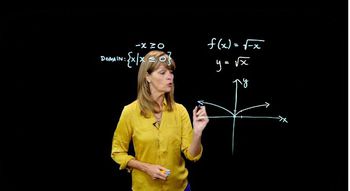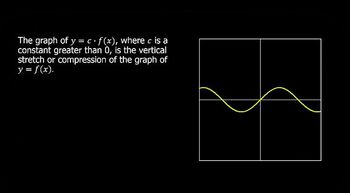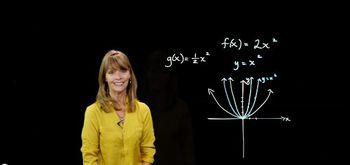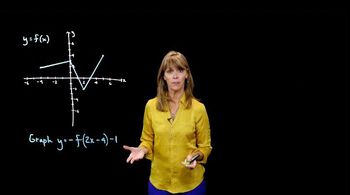3. Functions
Transformations
3. Functions
Transformations
Showing 9 of 9 videos
Additional 13 creators.
Learn with other creators
Showing 16 of 16 videos
Practice this topic
- Multiple Choice
Written below (green dotted curve) is a graph of the function .If g(x) (blue solid curve) is a reflection of f(x) about the y-axis what is the equation for g(x)?
681views12rank - Multiple Choice
The green dotted line in the graph below represents the function . The blue solid line represents the function , which is the function after it has gone through a shift transformation. Find the equation for .
831views5rank - Multiple Choice
The green dotted curve below is a graph of the function . Find the domain and range of (the blue solid curve), which is a transformation of .
1131views8rank - Textbook QuestionIn Exercises 1-16, use the graph of y = f(x) to graph each function g. g(x) = f(x)+1714views
- Textbook QuestionIn Exercises 1-16, use the graph of y = f(x) to graph each function g. g(x) = f(x+1)1025views
- Textbook Question
Use the graph of y = f(x) to graph each function g.
g(x) = f(-x)
704views - Textbook Question
Use the graph of y = f(x) to graph each function g.
g(x) = -f(x) +3
625views


























